Pelvic Health
Do you have pain in your pelvic region?
Pelvic pain and discomfort can be more difficult to express than other types of pain and presents in many different forms. Whether you have sciatic pain, lower abdominal pain, tailbone pain, or pain with intercourse VIYA is here to help.
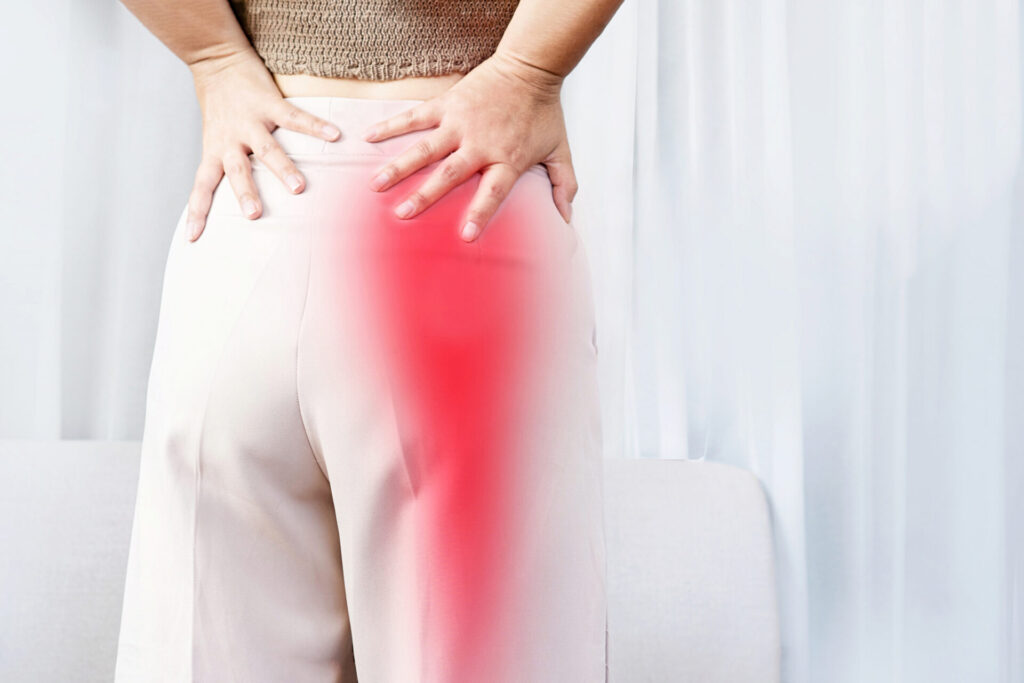

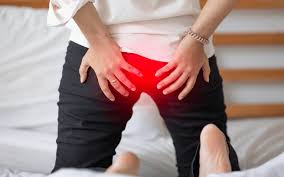
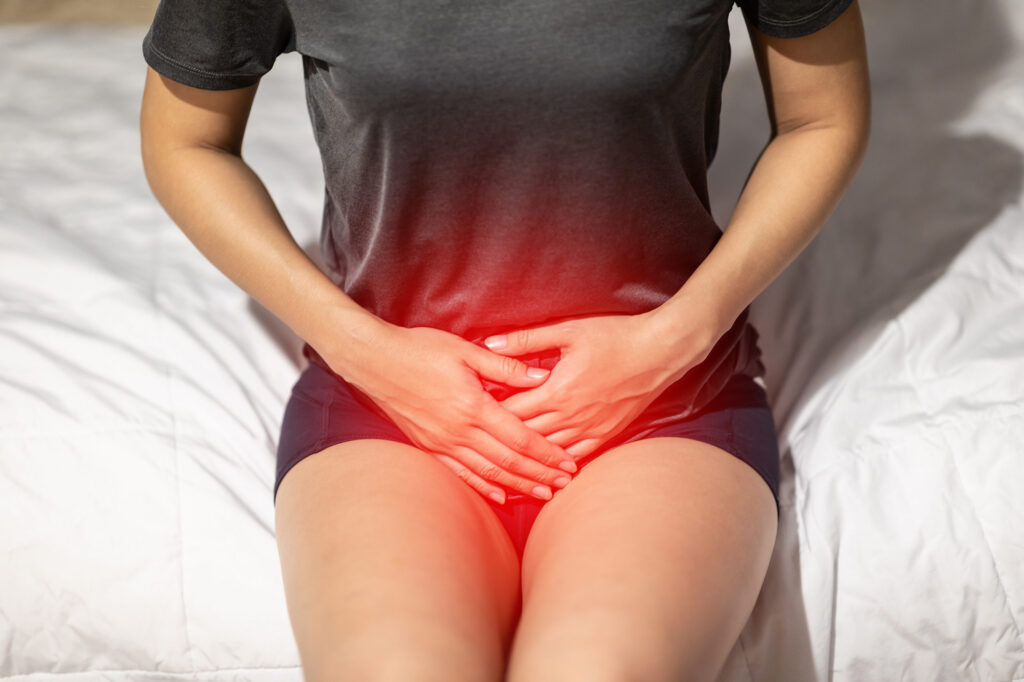
Pelvic discomfort can originate from many causes. Pain can develop over time or be due to a specific incidence. We treat pelvic pain that has developed after an injury, various conditions, surgery, infection, or that have just crept up over time. Here at VIYA we work with you to not only decipher WHAT is causing your current discomfort, but WHY it developed, and HOW you can move forward.
Pelvic Girdle Pain
Pain in one or more joints in the pelvis is considered pelvic girdle pain. The pelvic girdle consists of three main joints: the pubic symphysis and two sacroiliac joints. The main functions of the pelvic girdle are to support organs, connect the legs to the trunk, maintain balance, and transfer load during activity.
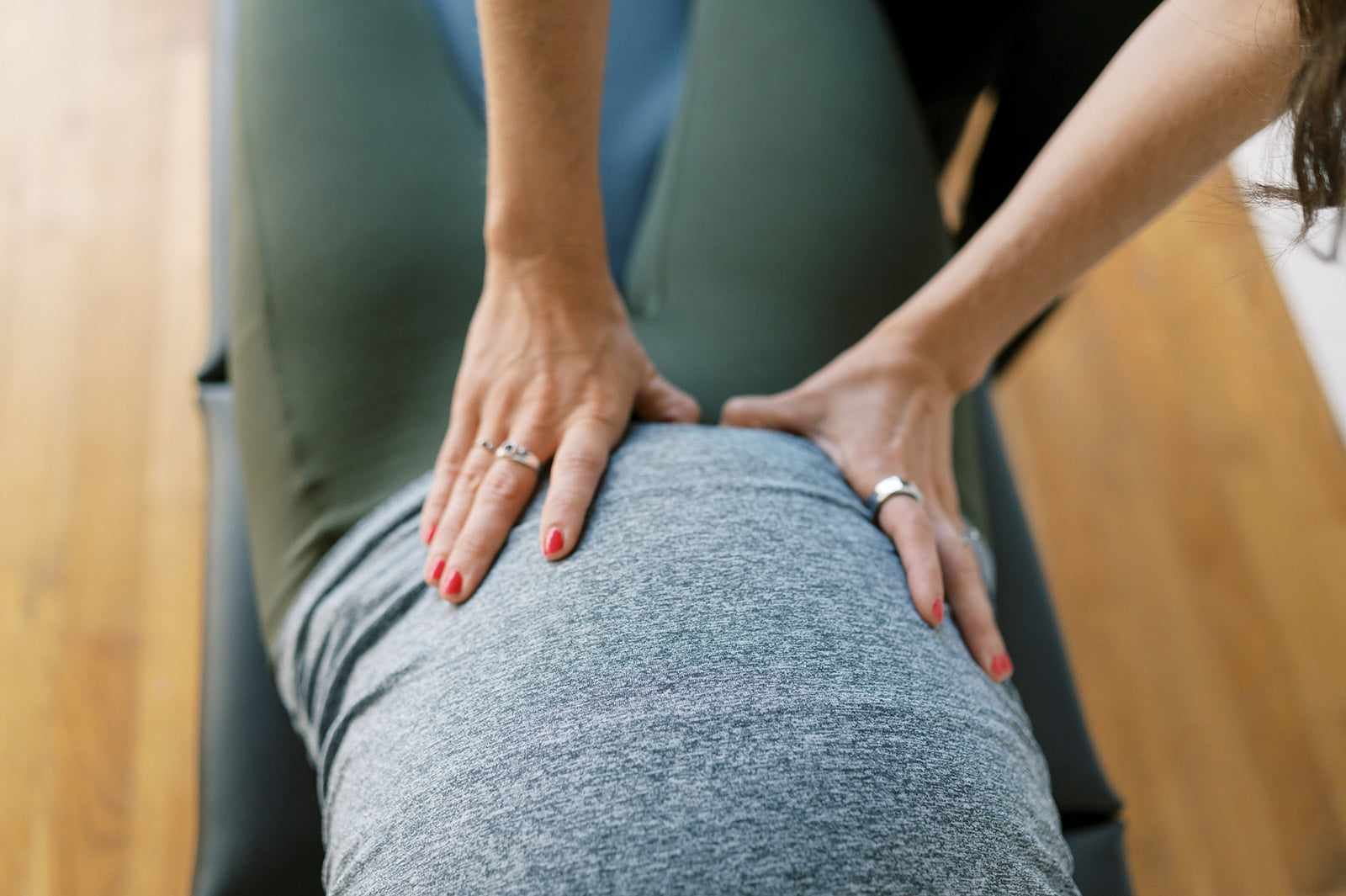
Pubic Symphysis Pain
Sometimes referred to as "lightening crotch". This is a common dysfunction experienced during or after pregnancy caused by the increased hormone relaxin the body releases in preparation for delivery. These symptoms typically arise in the mid to late phase of the second trimester, but can develop at any time. Pregnancy is the only reason you can experience pubic symphysis pain, injury or trauma to the pelvis or increased loads such as walking or stairs can also contribute. Pubic symphysis pain can make transitioning from sitting to standing, walking, running, or other daily activities painful.

SI joint dysfunction
Sacroiliac joint dysfunction is the pain in your low back or hip due to too much or too little movement in pelvis joints. Typically you will feel sharp, stabbing pain that is pinpoint in nature directly over the joint where your sacrum meets the pelvis (the dimples in your low back). You may experience pain and difficulty bending over, standing up, or with prolonged sitting, standing, or walking.
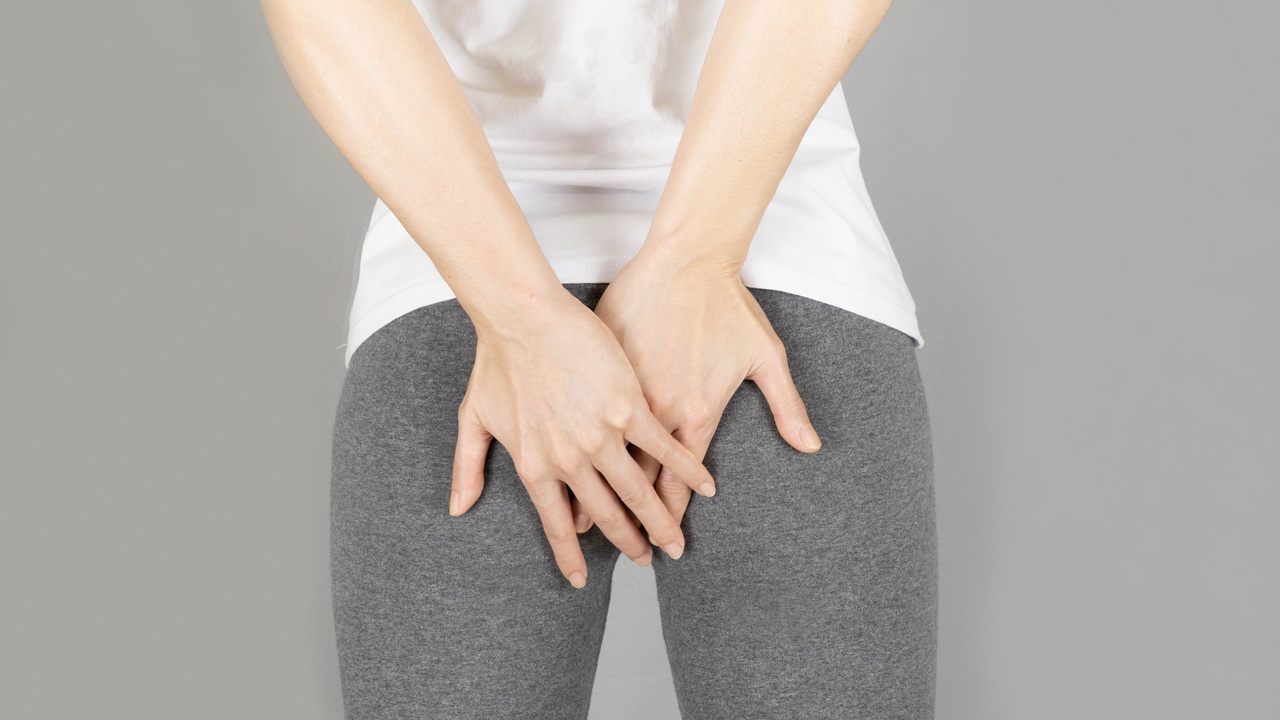
Tailbone pain
The tailbone (coccyx) is the "tail" end of our spine and can be injured during delivery or irritated by tight musculature and ligaments. Coccydynia is typically a pinpoint pain at the tailbone that is intense, dull, and achy in nature. This can make sitting on harder surfaces difficult and painful. Standing up following a long period of sitting, intercourse, and bowel movements can be painful as well. Typically we see an increase in pelvic floor tension which can increase pressure and tension on the tailbone, further compounding your symptoms. At VIYA we treat coccydynia from the inside out.
At VIYA we treat pelvic girdle dysfunction with a comprehensive approach, looking at the entire body from head to toe. We do a full pelvic floor assessment as well as assess your movement patterns, posture, and musculature strength. We create a custom plan of care for YOU that can include manual therapy, strengthening and lengthening exercises, and adjustments to your movement patterns to get you pain free and keep it that way!
Muscle pain
Whether you have pain in the low back, hips, buttock, or anywhere else, VIYA can help. Our goal is always pain free movement. We want you to be able to walk, stand up, run, lift, and live your life comfortably. We will give you the tools to manage your symptoms over time so you can live pain free and stop pain from coming back.

Piriformis
The piriformis can be a real pain in the butt. Whether it is tight and causing movement dysfunction, pressing on the sciatic nerve and causing radicular pain, or causing localized pain making it difficult to sit, we can help. VIYA uses manual techniques, dry needling, cupping, IASTM, joint mobs, and corrective exercises to restore proper muscular function.

Hips\Buttock
Our hips are comprised of multiple muscles that work together to allow us to walk, run, stand, sit, and participate in the activities we love. If you are experiencing pain or discomfort in the front, side, or back of your hips VIYA can help. We create an individualized plan based off of your movement patterns to correct muscular dysfunction and restore balance to both the tissues and the hips structure.
Vaginismus
Chronic, painful sex affects 1 in 5 women and many do not realize that this is treatable. Research shows that 45% of patients who see a PT for vaginal pain report improvement in symptoms.

Relief from painful sex
Whether you're struggling to have penetrative sex with a partner or you're too nervous to even try, you've come to the right place. Treating painful sex isn't just about increasing pleasure, it's also about mental health as sexual dysfunction is associated with both depression and anxiety. You might worry that treatment will be awkward, but we're experts in making you comfortable.

Understand your condition
VIYA will take the time to learn about your pain and whether it might be from an event (childbirth, menopause, trauma) or due to a hyperactive pelvic floor. We want to hear your goals and concerns. There's no such thing as TMI!
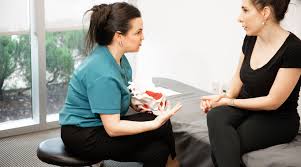
Work 1:1 with a Pelvic Floor Physical Therapist
Your treatment plan will be personalized to your symptoms, circumstances, and goals. Your plan may include: Manual therapy to relieve tissue pain and tension. Regaining awareness of your pelvic floor. Breathing and other tension relieving techniques. Vaginal dilators and or trainers.

Go at your own pace
VIYA'S PTs provide trauma-informed care. You can expect compassion and unwavering support at every step of your journey.
Let's Get Started!
Still have questions? Fill out the form below and we will contact you.
Painful sex FAQ's
Vaginismus is a condition where the muscles of the pelvic floor that surround the vaginal opening are unable to relax. This can make inserting a tampon, gynecological exams or penetrative sex very painful. Primary vaginismus occurs when the pain has always been present. Secondary vaginismus can develop following a specific event like trauma, infection, or menopause.
Pain with vaginal penetration is most often due to dysfunction in the tissue or muscles that surround the vaginal opening. Inadequate lubrication can lead to dryness and irritation of the vaginal canal, while spasms in the pelvic floor musculature can decrease the size of the vaginal opening making penetration painful or impossible,
Depending on the source of the pain, symptoms can improve with pelvic floor physical therapy within weeks or months. Since the pelvic floor muscles may have been in spasm for years before discovery, as in the case of primary vaginismus, it can take up to 20 weekly visits to retrain and lengthen the pelvic floor.
Sciatica FAQs
Sciatica is a condition in which the sciatic nerve is compressed, causing pain to travel along the nerve’s route, typically along the back of your leg, knee, calf, and foot. The nerve can be compressed anywhere along the route but, most commonly, compression occurs because of a disc herniation at the spine or a swollen piriformis muscle in the buttock.
Symptoms of sciatica often include pain in the low back or buttock that shoots down the back of the leg into the back of the knee and down into the foot. The pain can feel sharp like a lightening bolt or dull and achy. You may also experience numbness and tingling or a burning sensation along the nerve route.
Depending on the source of your symptoms, individuals can see relief as soon as two weeks.
Pelvic girdle pain FAQs
Maintaining long term symptom resolution often requires you to keep up with your exercises in some capacity and avoid situations that may flare it up. However longterm success is possible and you will have all the tools and knowledge necessary to maintain it.
Injuries to the tailbone can take weeks to months to heal, but physical therapy will help it heal faster. Early intervention is the key! If you have trauma to your tailbone either from childbirth or a fall, see a physical therapist soon so that subsequent pelvic floor issues do not develop.
You can start to feel relief in just a couple of visits, but we typically work together for 6-12 weeks, as true strength gain takes about 2 months. That said, your plan of care is personalized and designed to fit your needs and goals.
During pregnancy, because the pubic symphysis is loaded every time you take a step, it may continue to bother you in some capacity throughout pregnancy. Individuals that are not pregnant and following delivery, can start to feel some relief in the first 2-3 weeks and can expect full recovery in 4-6 months.
